
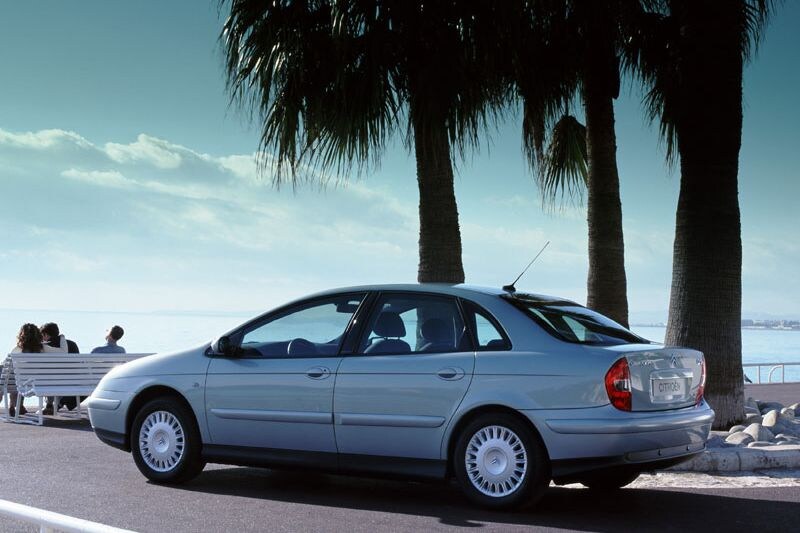
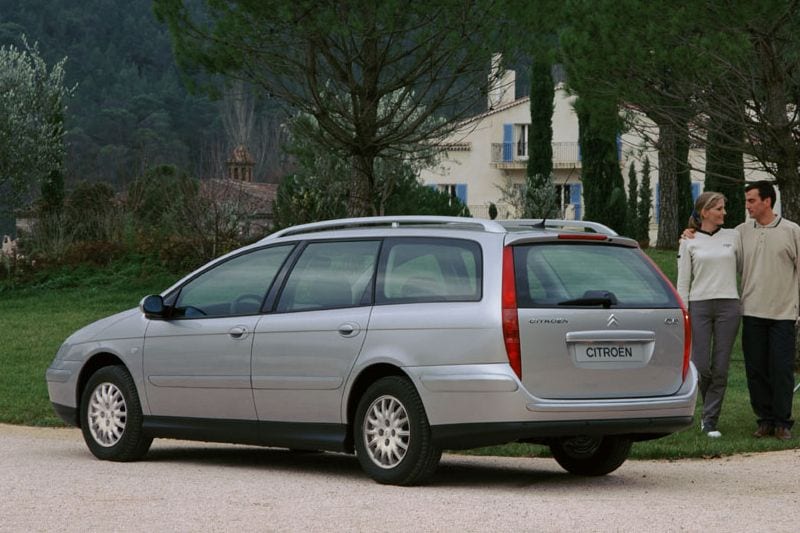
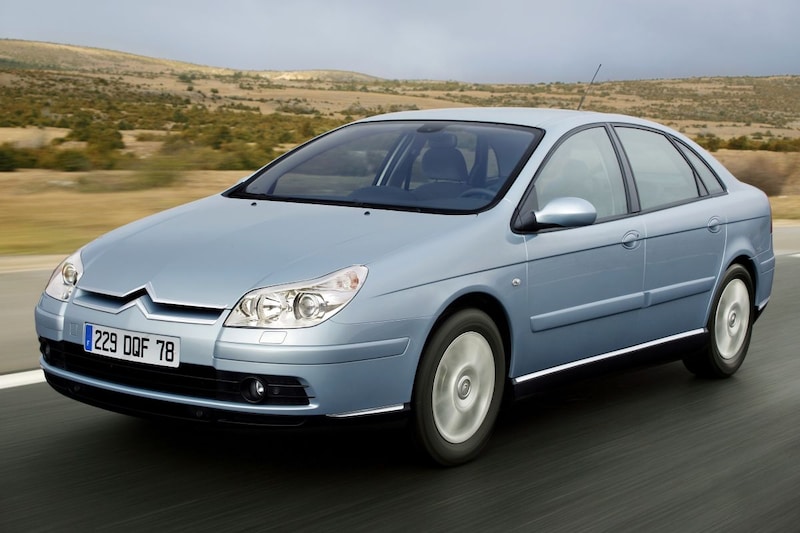
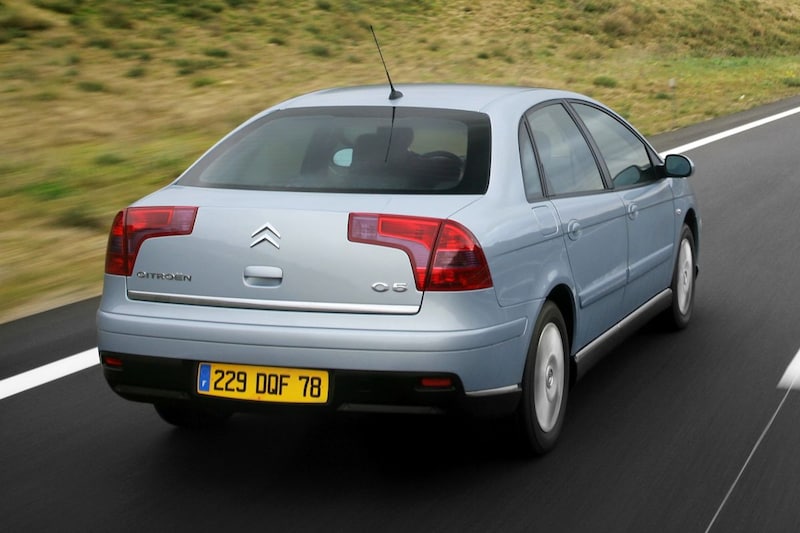
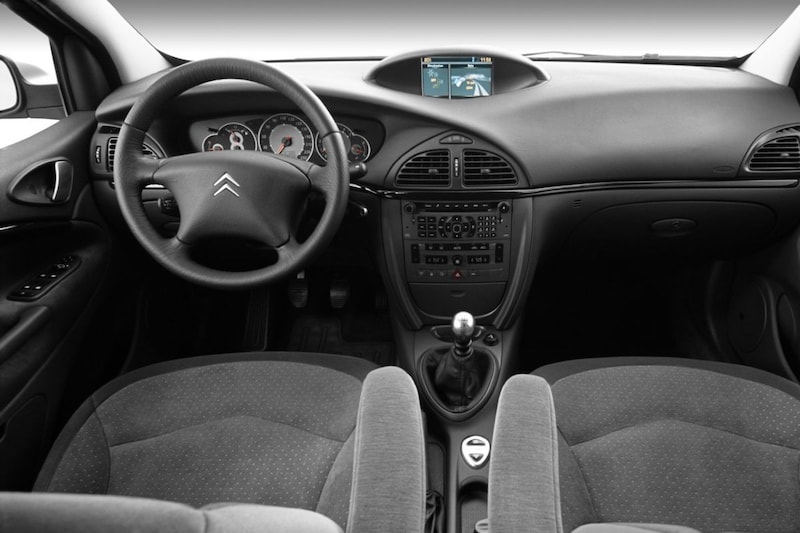
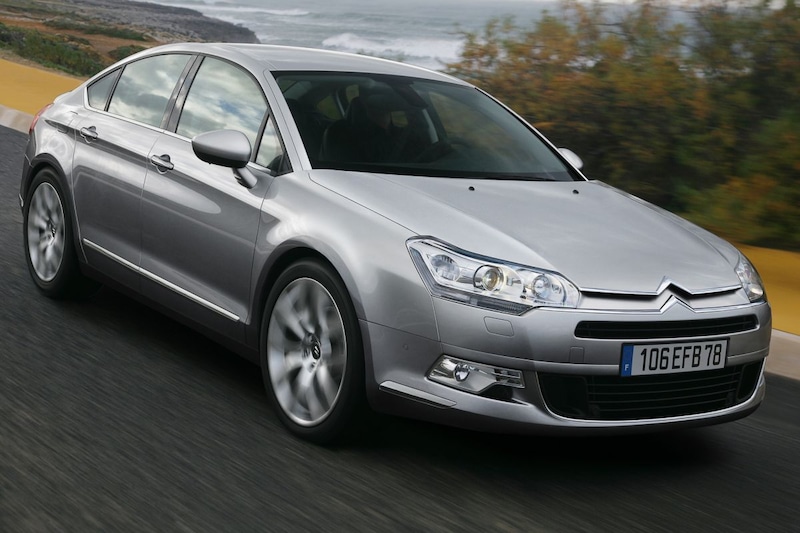
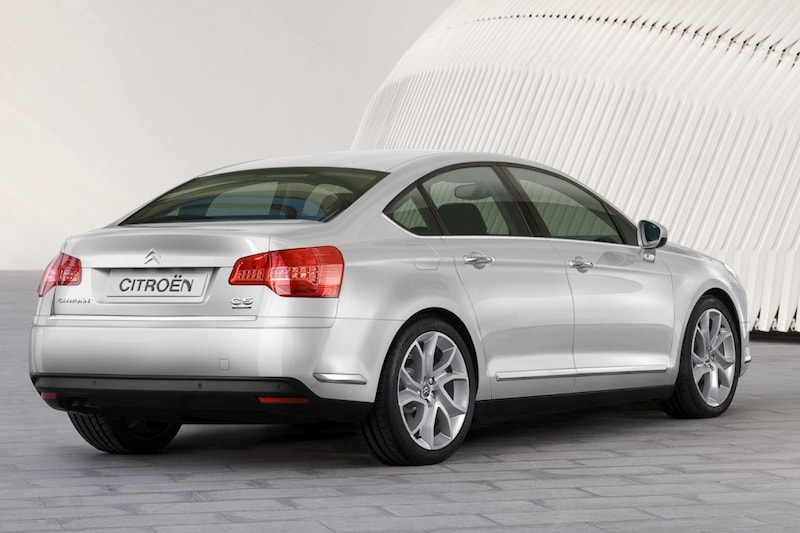

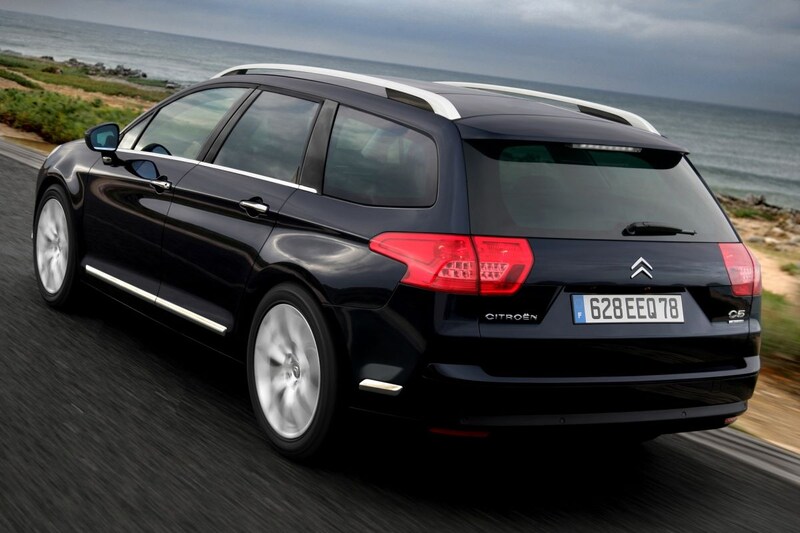
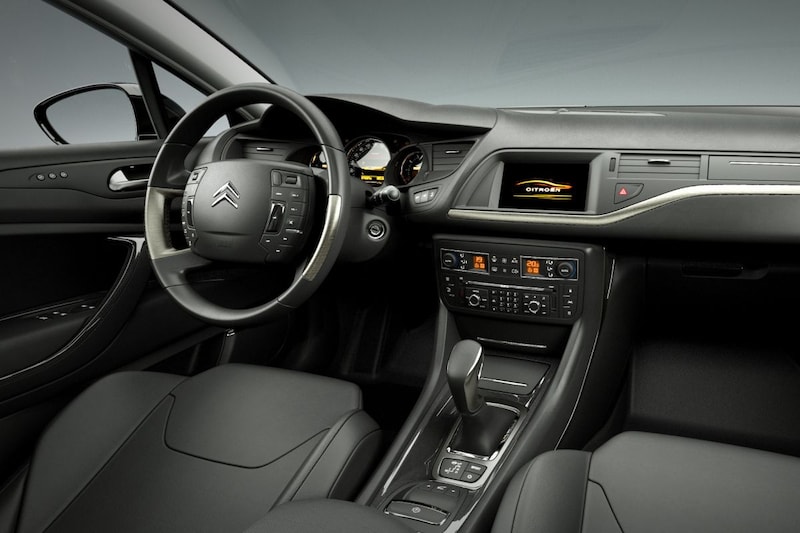
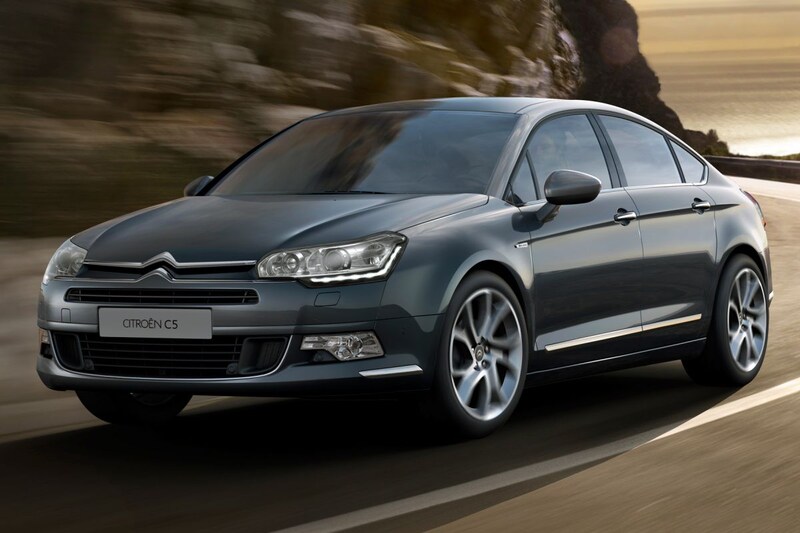


The new Citroën C5 is coming and that is of course a nice moment to take a look at the previous C5s. Again Citroën takes a slightly different path than before.
Citroën C5 – 1st generation (2001-2008)
At the beginning of this century, Citroën had two models at the top of its range that, despite their controversial designs for their time, were not sustainable long enough to continue into the 21st century: the Xantia and the XM. Almost simultaneously the life course of those two came to an end. The XM had lasted quite a bit longer and not least because a possible successor to the XM around the turn of the millennium was still a great mystery.
In 2001 Citroën launched a new middle class: the C5. For the first time since the CX, the ‘C’ in the model name returned to Citroën. Something it has stuck to to this day. The placement of the C5 caused some discussion upon its unveiling. After all, the ‘5’ suggested the arrival of smaller models, but whether the 5 would remain the highest number? A good time, because in the end it took another four years before another one came up: the C6. Until then, the C5 had the tough task of becoming a Citroën flagship. Big shoes to fill, with so many illustrious predecessors.
Those shoes actually turned out to be too big, because the C5 was even the successor of the Xantia not received with excessive enthusiasm, let alone as the ‘successor’ of the XM. Citroën had clearly adopted the basic philosophy of the Xantia – a long wedge-shaped nose and short butt – but now executed in round shapes. The nose, with its large and properly pulled back headlights in it, could with a bit of imagination still be seen as a reference to the noses of cars like the CX and the last nose of the DS, but contemporary and yet just not exciting enough.

However, anyone who went out with the C5 could immediately notice his origins. Once again there was the hydropneumatic suspension system, which made driving a C5 a comfortable experience on almost all road surfaces. An important novelty was that the ride height of the C5 was now computer-controlled instead of mechanically adjusted. That had the important news that the C5, for example at high speeds, automatically lowered itself to the ground for more streamlining. Another safety feature was that the computer could also decide that the driver, for example, had selected the wrong driving height for certain driving behavior and this could cause damage to the system or the car. Tearing hard with your ‘stomach on the ground’ over a bumpy road or with the car all the way up the highway, was not there if all went well.
Citroën had decided to focus more on the suspension from now on. The system was only responsible for the stiffness of the suspension and ride height of the car. Steering and braking were no longer part of this technique in the C5. That made the C5 a bit more accessible to drive than the Xantia and the BX, but at the same time it was also a somewhat disappointing aspect of the C5 for Citrophiles and enthusiasts of this technology. The special feeling was somewhat less present because of it.
Facelift
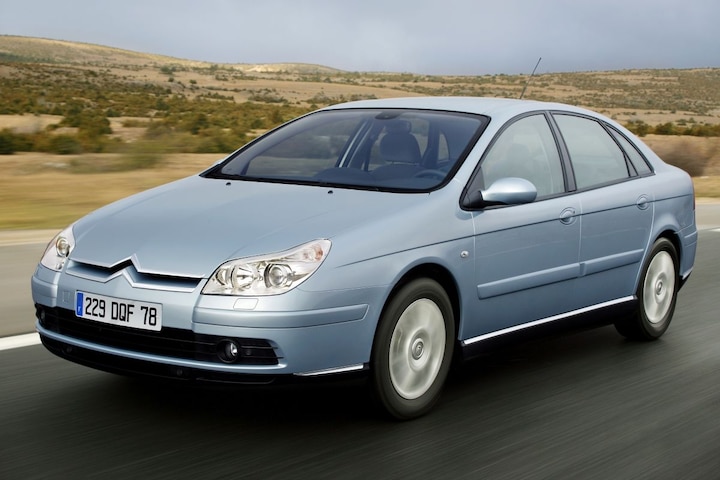
The fact that the design of the C5 was not really hit like a bomb, made Citroën decide to come up with a pretty radical facelift quite quickly. After three years, both the front and rear of the C5 were overhauled. The headlights got a kind of boomerang shape, the grille became smaller and followed the double chevrons in the middle and at the rear (on the hatchback) the completely new taillights continued on the tailgate. The license plate also moved down there. All in all, the C5 got a quite different look from it, but again it was received lukewarm. However, Citroën showed itself again from its innovative side by reverting to a gimmick it once introduced on the DS in a modern form: the rotating headlights. Another nice novelty with which Citroën was quite progressive was the steering wheel that vibrated when you crossed the road markings without indicating direction. So an early passive lane assistant.
Citroën C5 – 2nd generation (2008-2017)
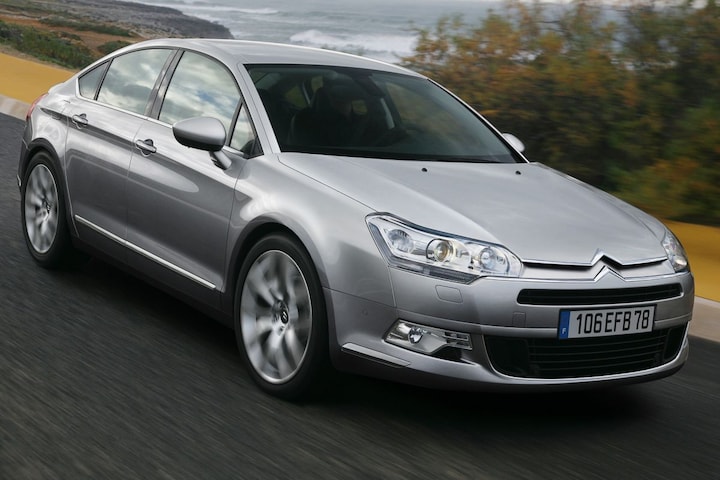
With retroactive effect, the first C5 turned out to be quite eccentric all in all, when the second generation appeared on the scene at the end of 2007. With that, Citroën clearly took a less extravagant path. The design had some French frivolities here and there, but across the board the C5 had become a lot tighter and less controversial. This time Citroën also opted for a sedan, instead of a hatch or. notchback. After all, the middle segment was hard fought and Citroën wanted to appeal to the widest possible audience by making the C5 even more accessible. That also meant that the Hydractive 3 suspension system became even more exclusive. Anyone who wanted to have the second C5 equipped with the special system had to look high up in the C5 range on the order list. By default it was no longer present.
Although Citroën fans of the old school probably looked with frowns at the unveiling of the second C5, the average response was a lot more positive than with its predecessor. Citroën clearly did not hesitate to kick against a few sacred houses and put an interesting middle class with it. Undoubtedly, the CFO of Citroën at the time also looked with satisfaction at what appeared to be a promising model.
Unfortunately for Citroën, however, it turned out to be not really a golden option, although you can always wonder whether the different approach was the basis for this, or whether the market was just not so forgiving. According to critics, the C5 was ‘too German’ for a Citroën, and yet it was mainly the German competitors who gave the C5 the check in the sales figures. In the Netherlands, the C5 had its peak year in 2002, when more than 10,000 were sold. The second generation did not exceed 3,742 copies and its peak year, 2008.
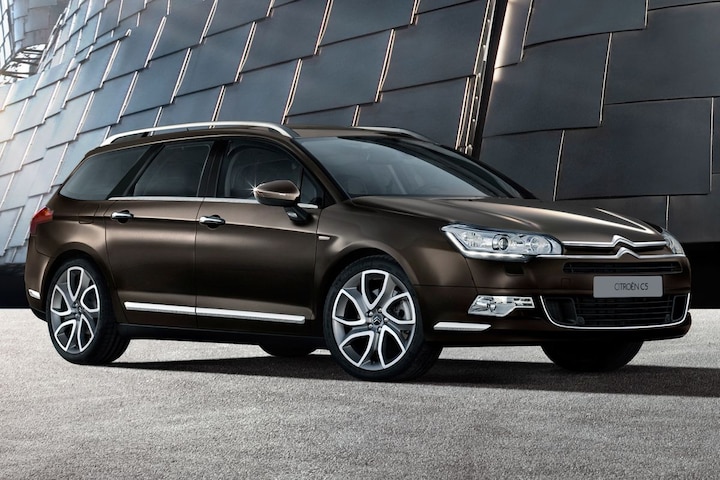
A mild facelift in 2011 proved that Citroën had no intention of changing course with its second C5. Where its predecessor got a completely different look, the changes here were limited to, among other things, slightly differently classified lighting – which now also includes LED lighting – and a revised engine range. In the latter area, here in the Netherlands there was mainly a lack of an ‘addition to the top’ to give it a significant sales impulse. If we include the sales figures, the effect of the mild facelift cannot be seen. The downward trend from his first year continued as usual. In the years that followed, the C5 slowly faded into obscurity, although it must be said that the traditional mid-range segment has taken a hit in the last decade anyway. With the next C5, Citroën is using it differently. For the third time a C5 and again a different approach. We hope for Citroën that it takes the name C5 to new heights.